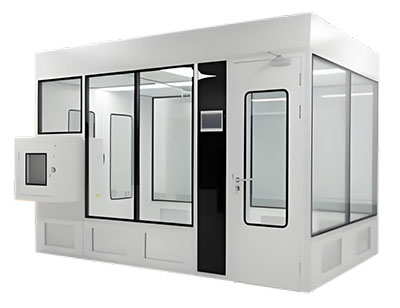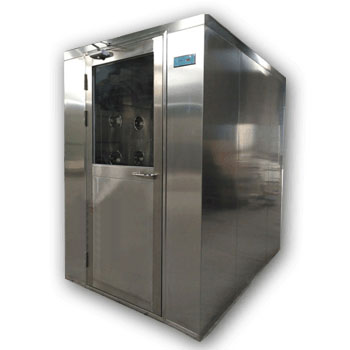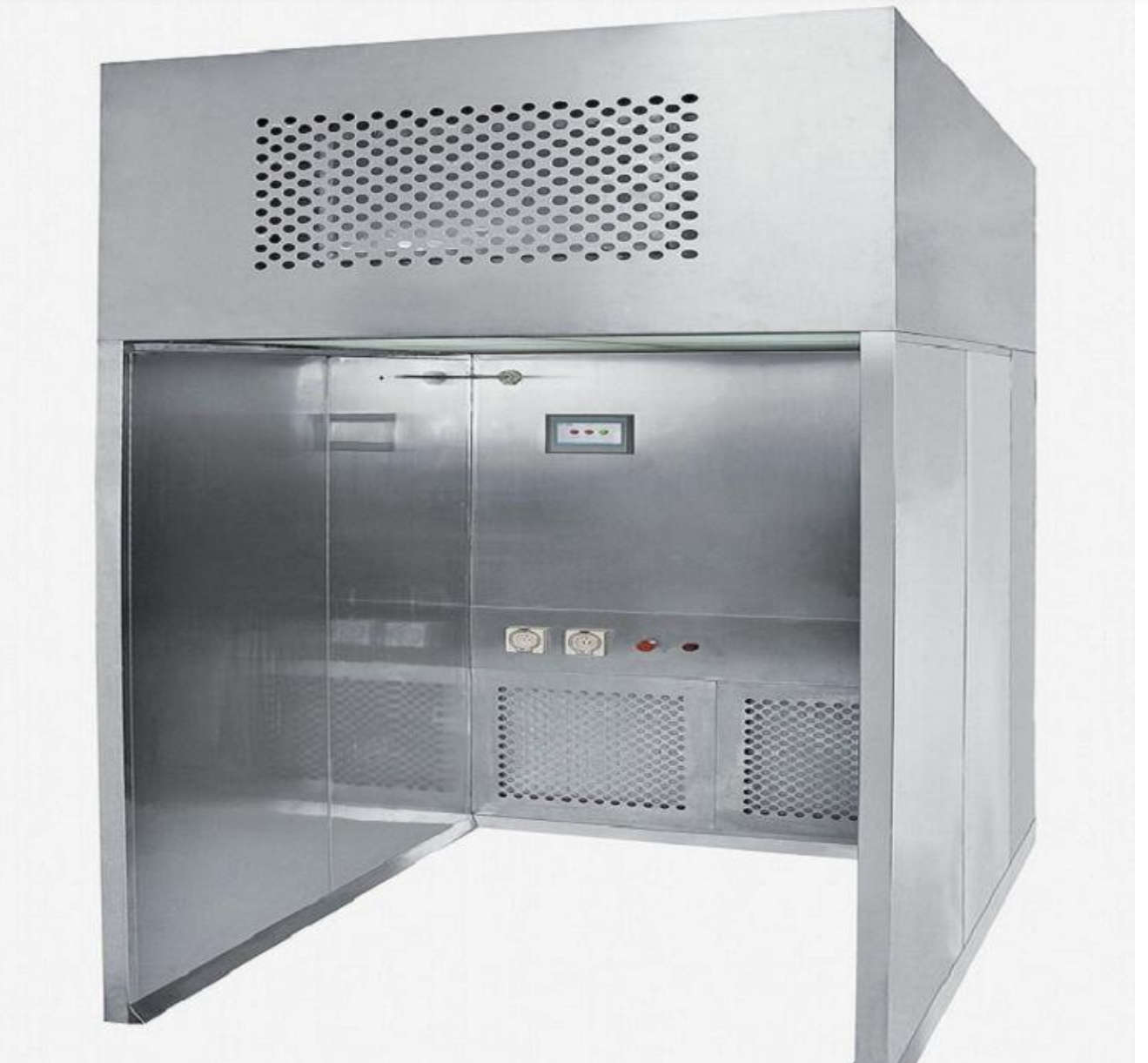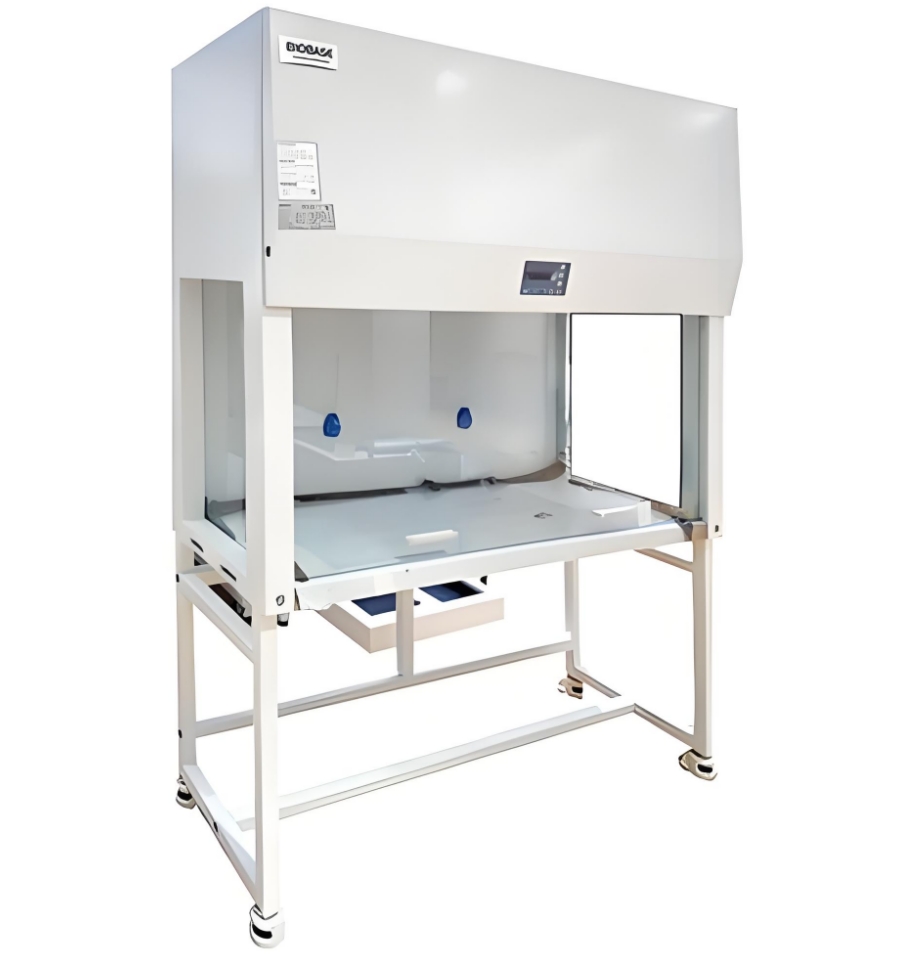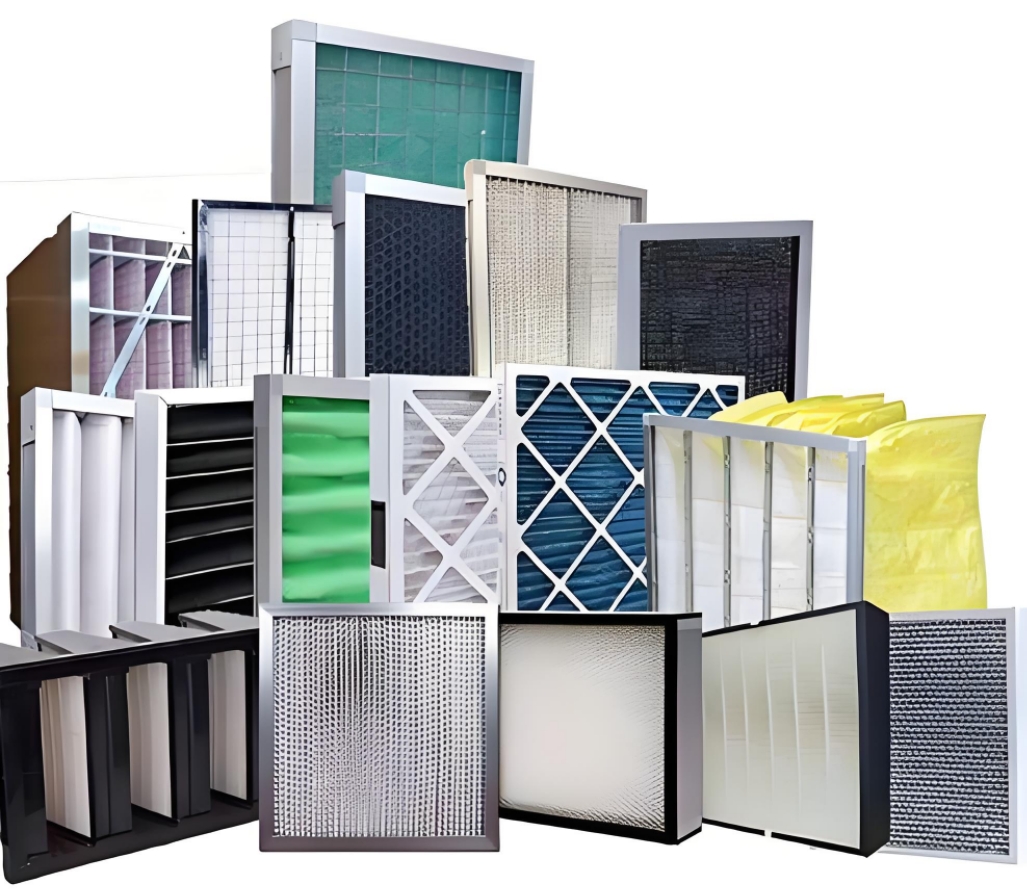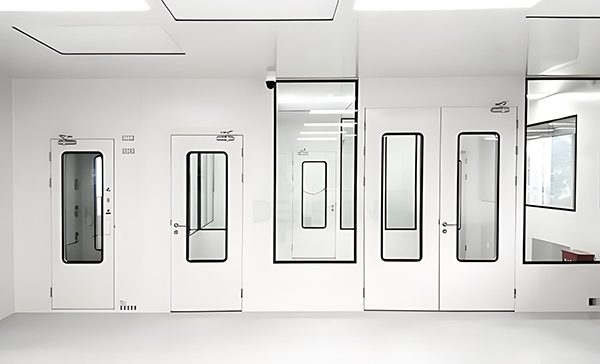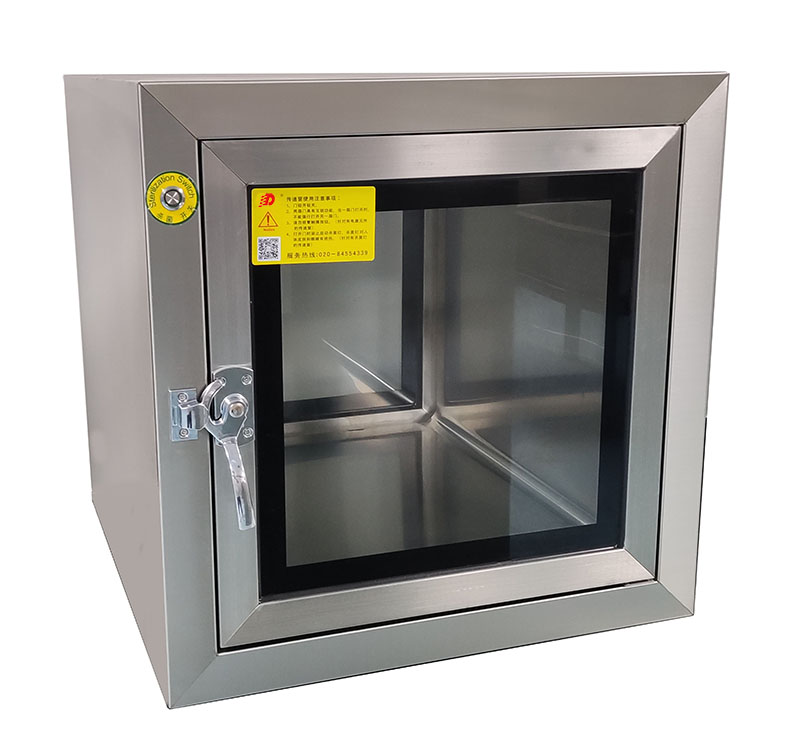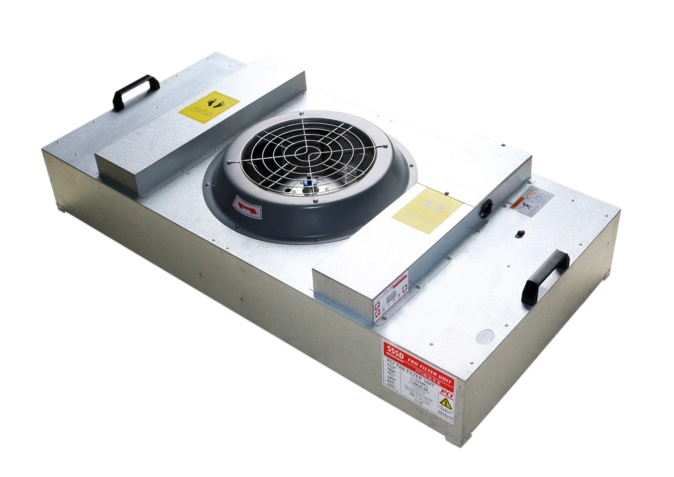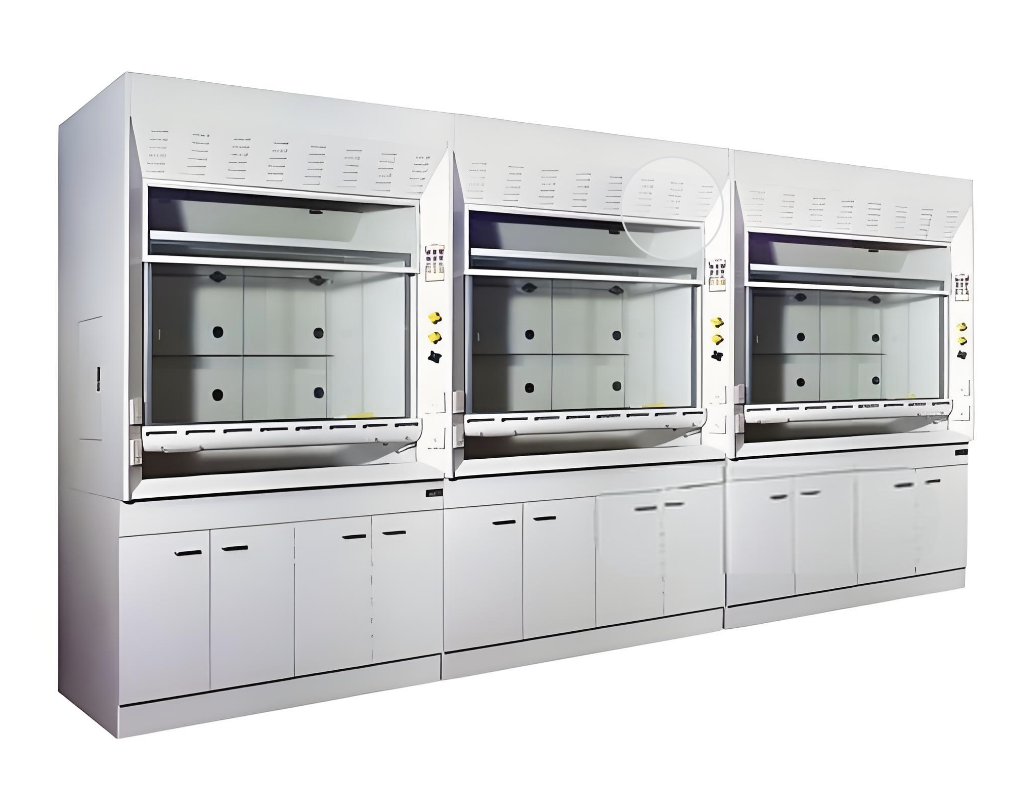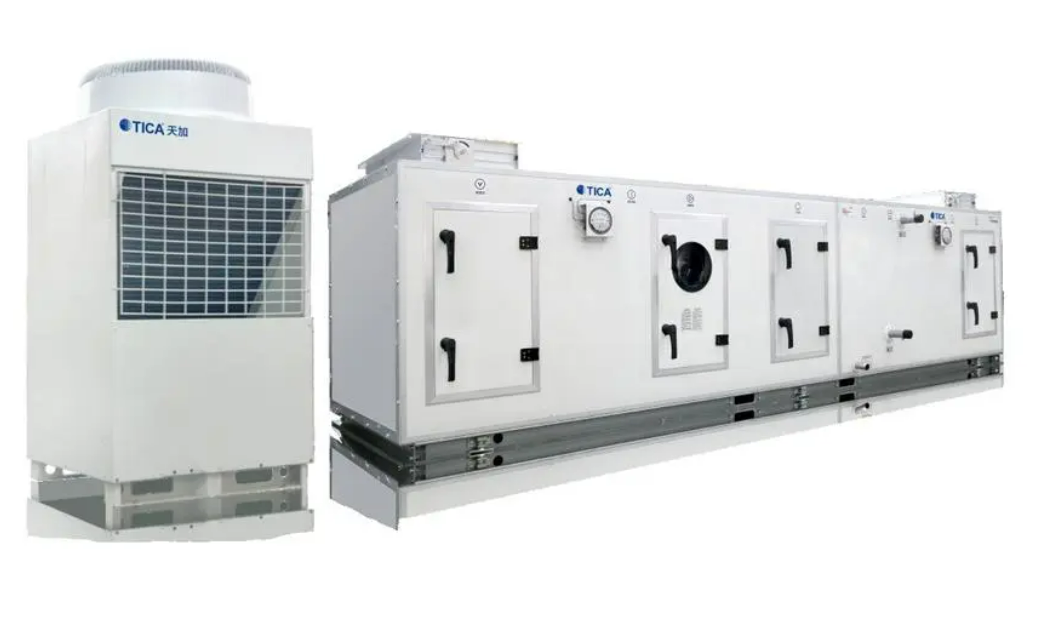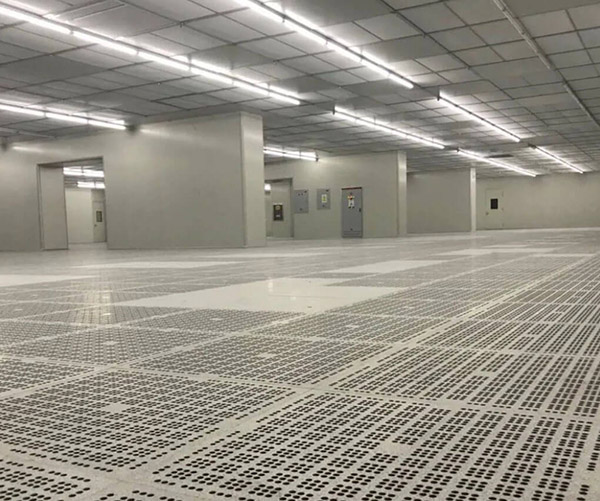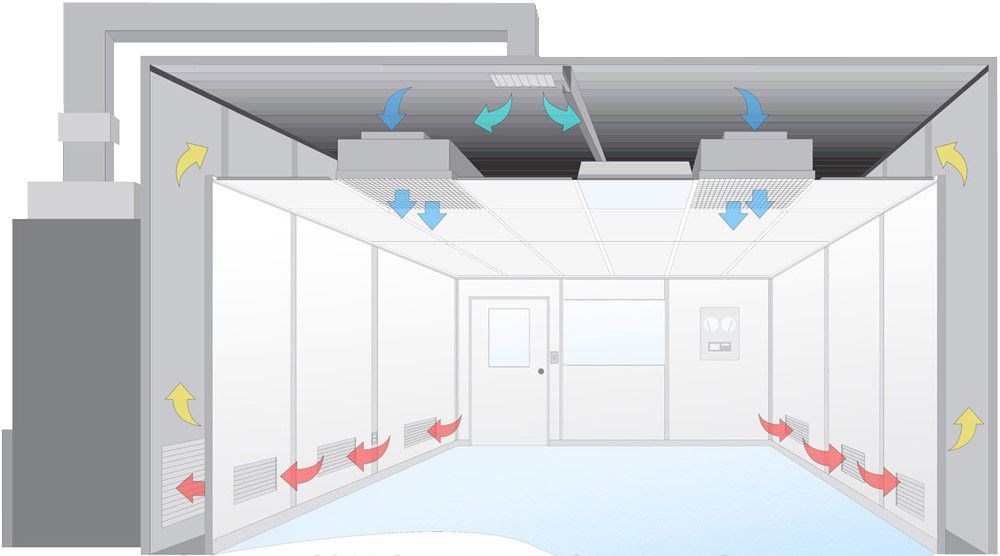Can I Make My Own Air Filter?
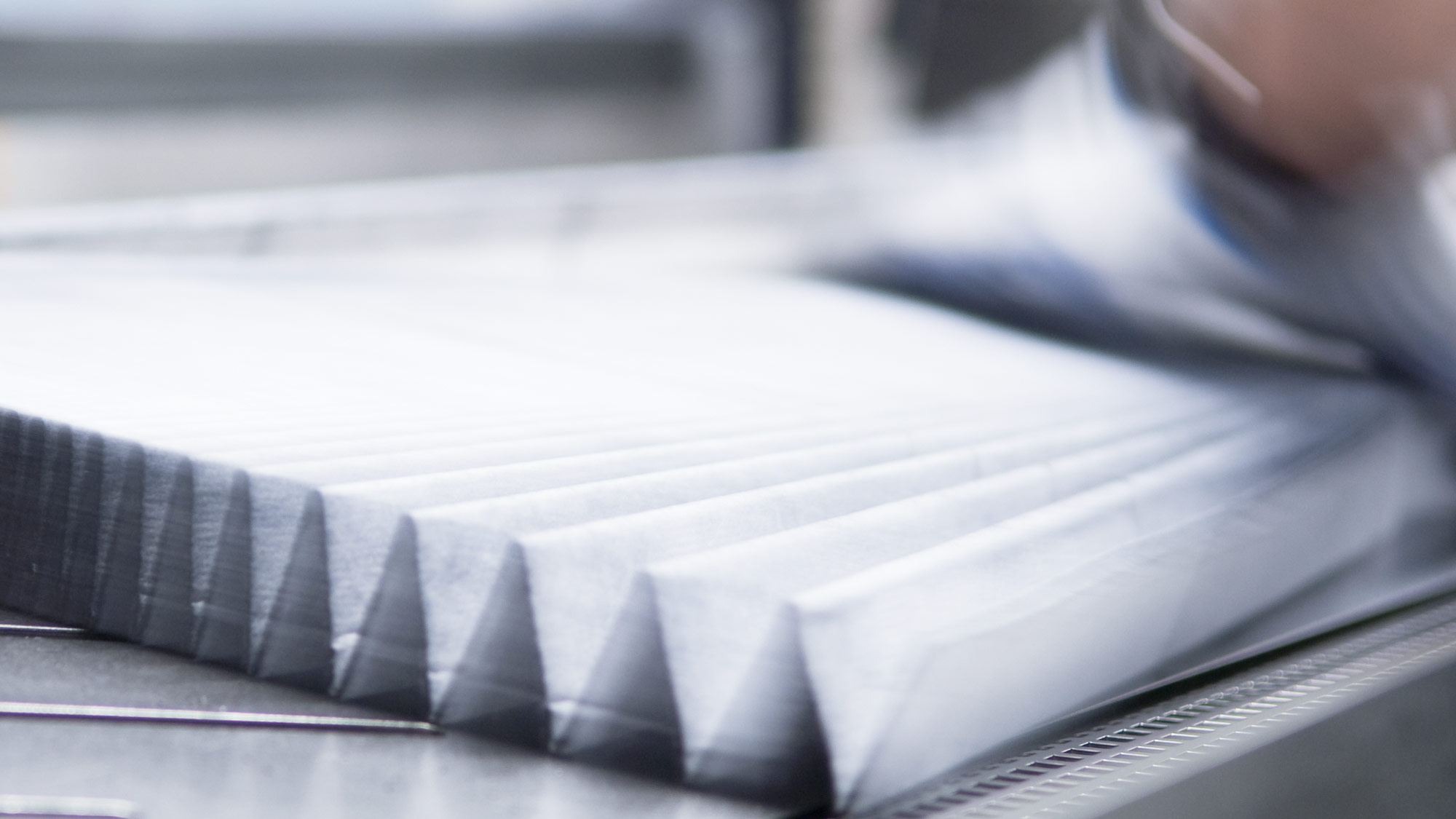
Understanding DIY Air Filters
Creating your own air filter is feasible and can be cost-effective. Many individuals choose to build air filters from readily available materials, such as HVAC filter media, cardboard, and fans. While DIY filters can improve indoor air quality, they may not meet the efficiency standards set by professional filters.
Materials Needed for DIY Filters
To create an effective air filter, you will need specific materials. A basic DIY air filter can be made with a box fan, a MERV 13 filter, and duct tape. The box fan typically costs around $20 to $50, while MERV 13 filters can range from $15 to $30. Using quality materials ensures better filtration efficiency.
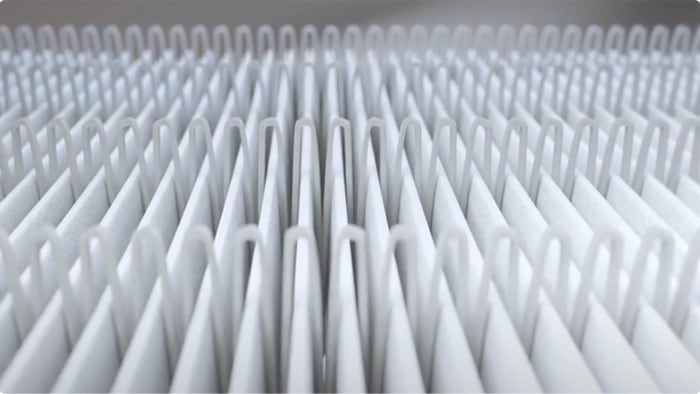
Efficiency Considerations
When designing a DIY air filter, it's crucial to consider its efficiency. MERV ratings indicate how well a filter captures airborne particles. For instance, a MERV 13 filter can capture about 90% of particles in the range of 0.3 to 1.0 microns. This level of efficiency is vital for removing allergens, dust, and other pollutants from the air.
Compliance with Standards
While making your own air filter can be rewarding, it is essential to understand that home-built filters may not adhere to established standards. The ASHRAE Standard 52.2 provides guidelines for air filtration performance. DIY filters might not undergo the same rigorous testing as commercially available products, which could result in lower air quality.
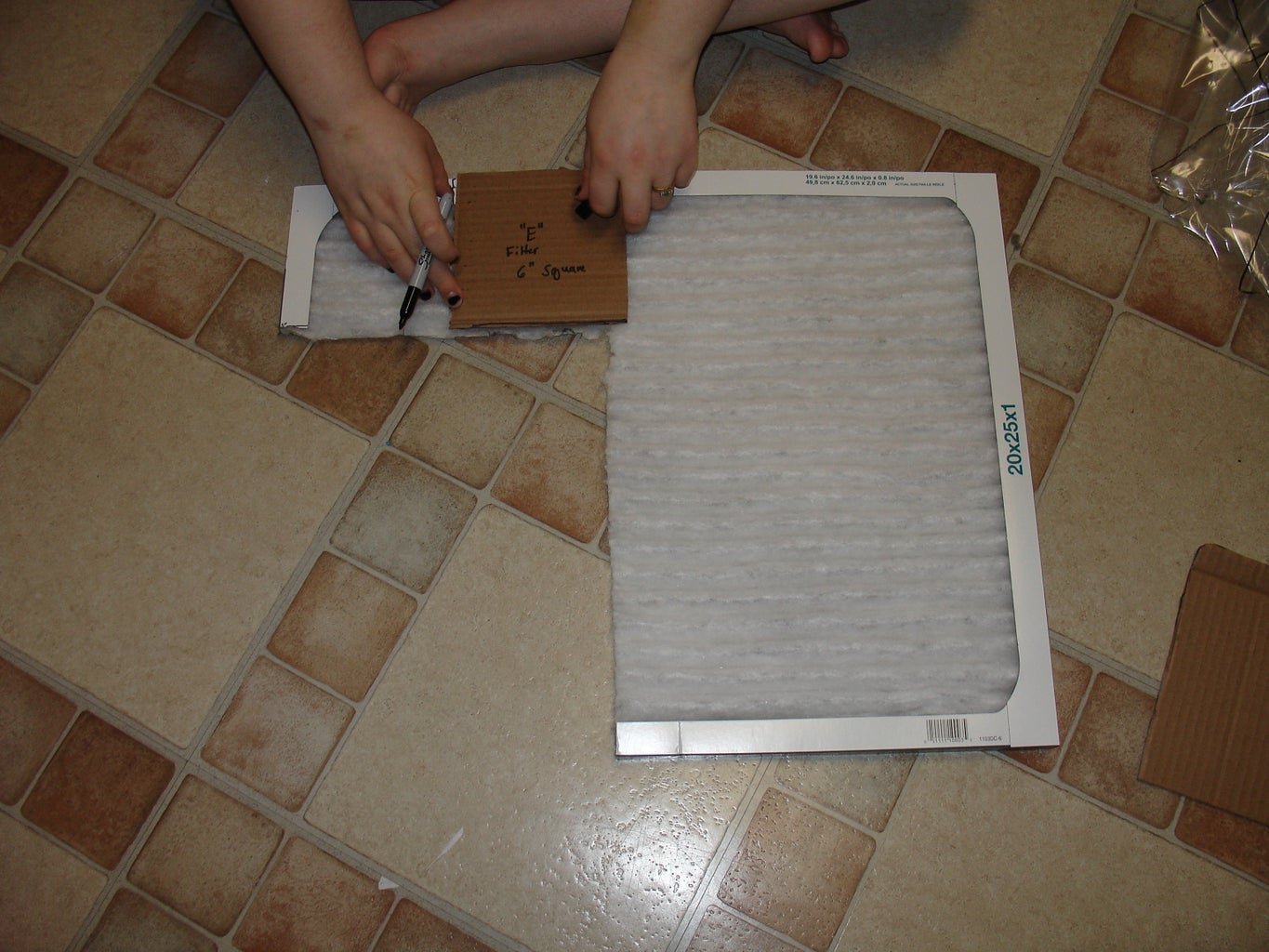
Benefits of Homemade Filters
Making your own air filter offers several advantages. First, it can be a budget-friendly alternative to purchasing expensive filters. Second, homemade filters can be customized to fit your specific needs, allowing for adjustments in size and filtration efficiency based on your environment.
Limitations of DIY Air Filters
Despite the benefits, there are limitations to consider. DIY filters may not provide the same level of protection as professionally manufactured ones. Additionally, improper construction can lead to air leaks, reducing overall filtration efficiency and potentially increasing energy consumption.
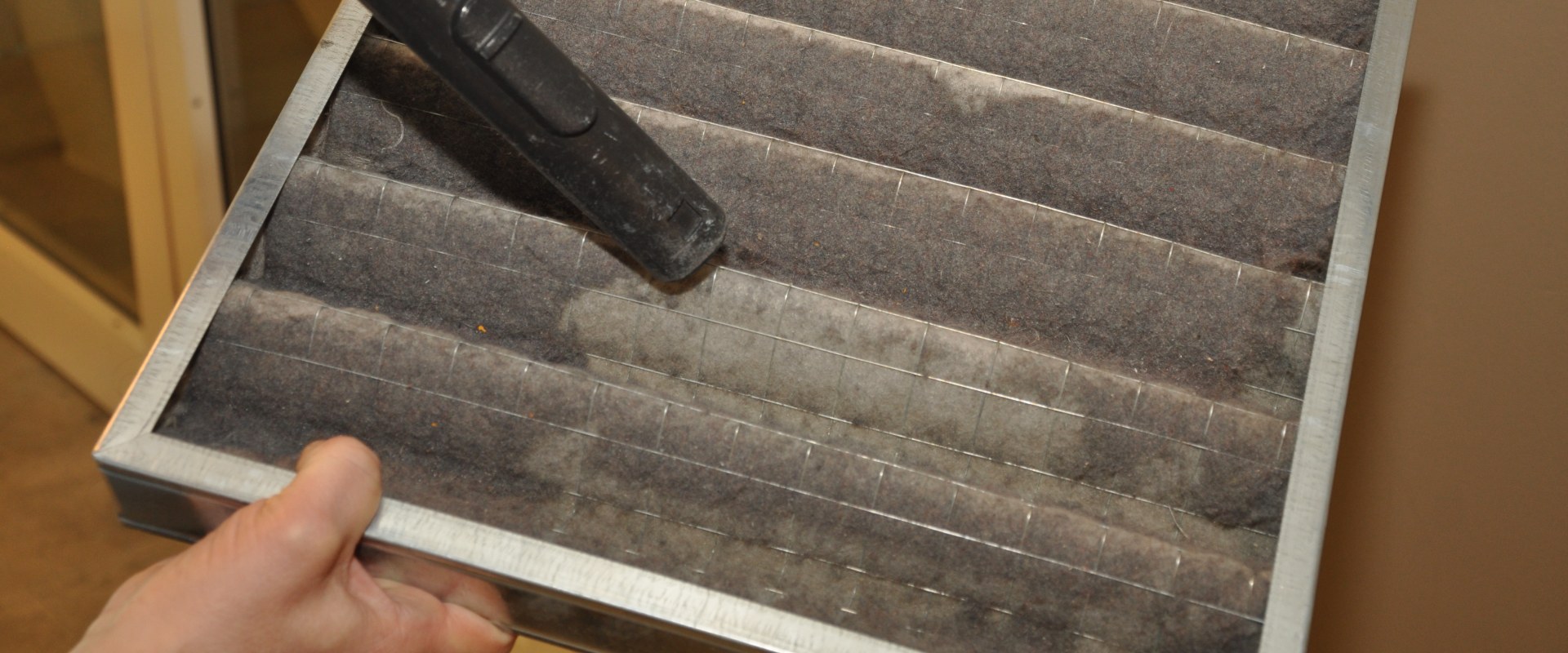
Relevant Standards and Regulations
ASHRAE Standard 52.2: This standard outlines the testing methods and classification for air filters based on their efficiency in removing airborne particles. It defines the minimum efficiency reporting value (MERV), which helps consumers understand the performance of various filters.
ISO 16890: An international standard that evaluates the performance of air filters for general ventilation. It measures the filter's ability to capture particulate matter across different size ranges, providing a more comprehensive understanding of filter effectiveness compared to MERV ratings.
EPA Guidelines: The Environmental Protection Agency (EPA) provides resources and guidelines for air quality improvement, including recommendations on air filtration and the importance of maintaining Clean air in indoor environments.
EN 779: A European standard that specifies the testing and classification of air filters for general ventilation. This standard helps ensure that filters meet specific performance criteria for particulate capture.
NIOSH Recommendations: The National Institute for Occupational Safety and Health (NIOSH) offers guidelines on air filtration for occupational safety, emphasizing the importance of using appropriate filters in workplaces to protect against airborne contaminants.
Are DIY Air Filters Effective?
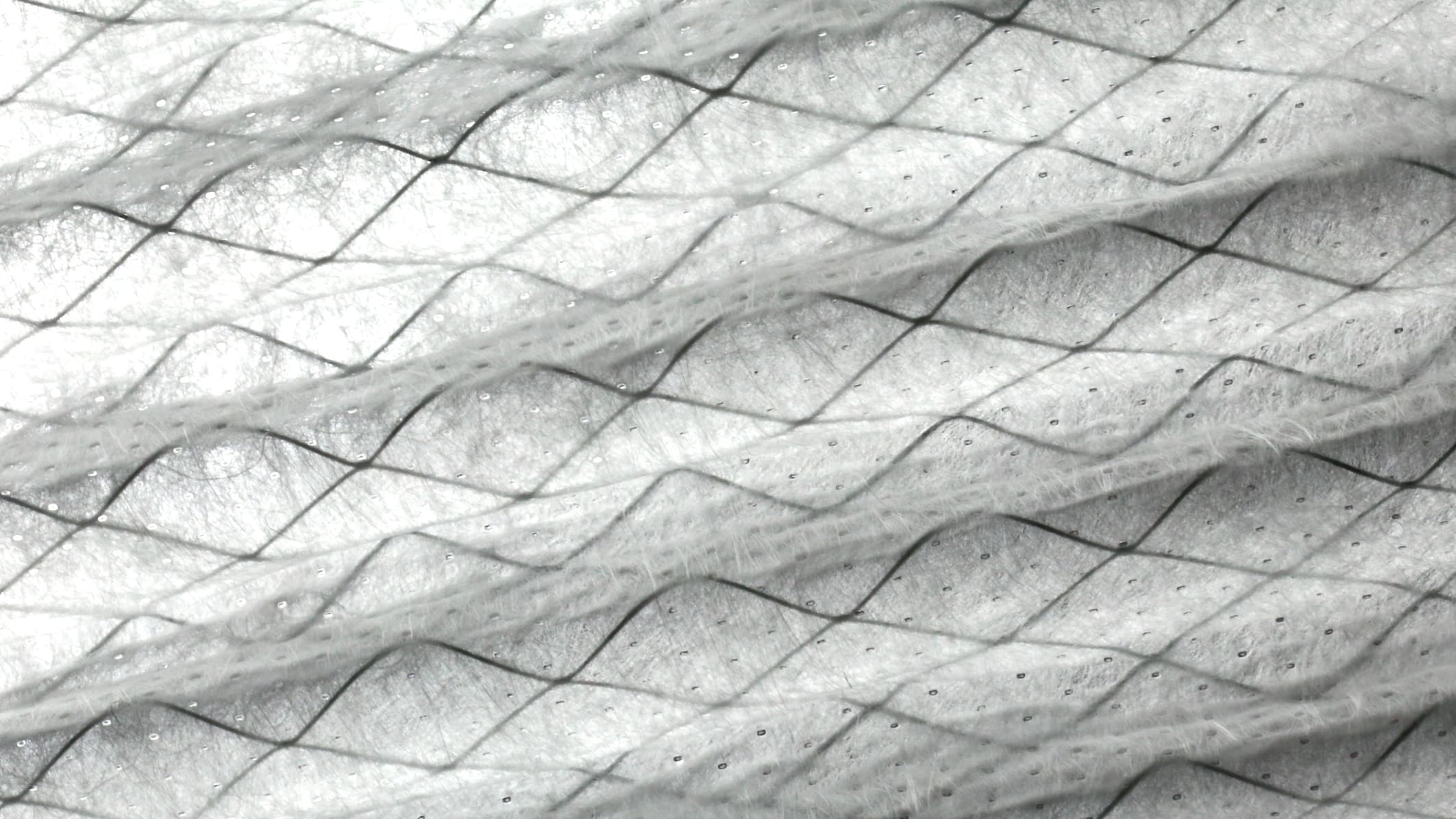
Understanding DIY Air Filters
DIY air filters can be effective in improving indoor air quality, especially when using readily available materials. They can help reduce dust, pollen, and other airborne particles. However, their efficiency largely depends on the materials used and the design of the filter. While they may not match the performance of commercial filters, they can still provide a cost-effective solution for those looking to enhance their home environment.
Benefits of DIY Air Filters
Creating your own air filter can be a rewarding project. It allows for customization based on specific needs and can be made from inexpensive materials. Additionally, DIY filters can be a great way to learn about air quality and the importance of clean air in our living spaces.
Materials for DIY Air Filters
Common materials for DIY air filters include furnace filters, activated carbon, and even hepa filter media. Using a box fan with a high-efficiency filter attached can create a powerful air-cleaning system. It's essential to ensure that the materials are safe and effective for trapping particles. Regular maintenance and replacement of the filter media are crucial for optimal performance.
What Material Can I Use as an Air Filter?
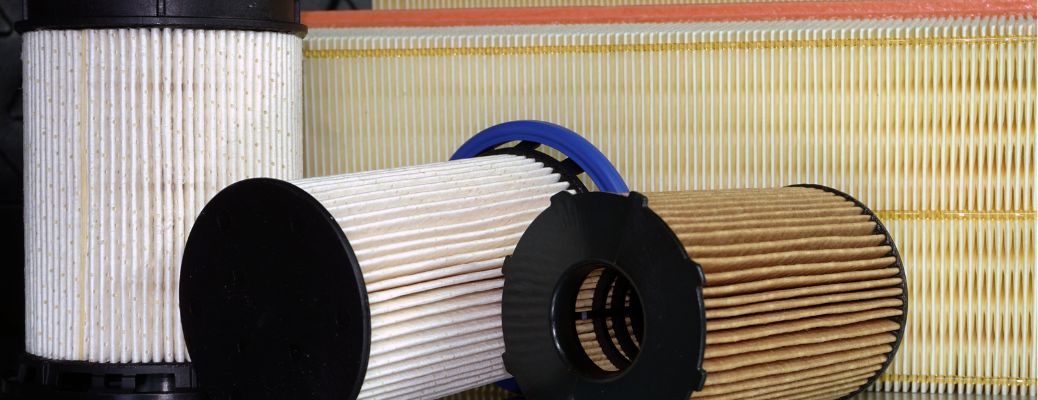
Effective Air Filter Materials
You can use various materials to create an effective air filter, such as HEPA filter paper, activated carbon, and even standard furnace filters. These materials can trap a significant amount of airborne particles, improving indoor air quality.
Choosing the Right Material
Selecting the right material is key to ensuring the effectiveness of your air filter. Consider factors like particle size, airflow resistance, and the specific pollutants you want to target.
Does a hepa filter Remove Dust?
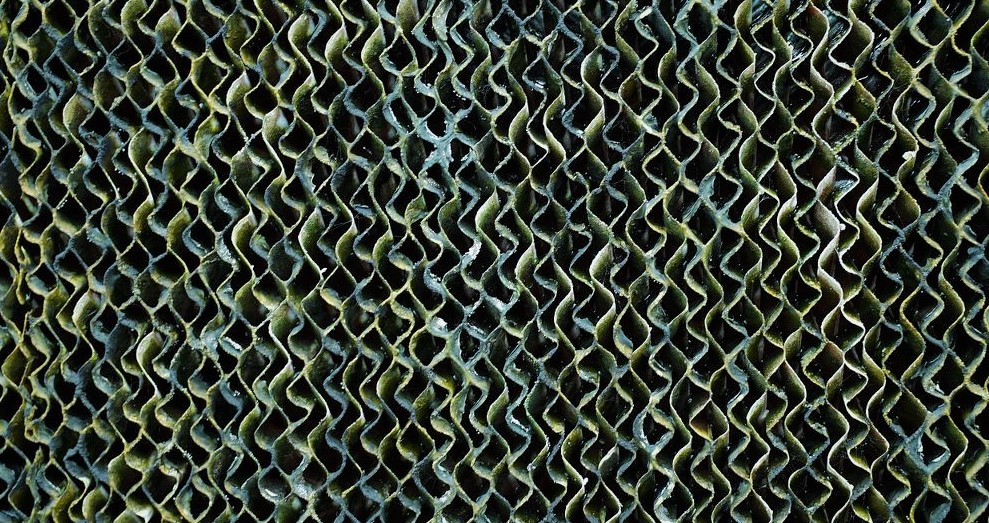
1. HEPA Filter Efficiency
Yes, hepa filters are highly effective at removing dust from the air. They can capture particles as small as 0.3 microns, which includes most dust particles.
2. How HEPA Filters Work
HEPA filters work by trapping particles in a dense mat of fibers. As air passes through, dust and other contaminants are caught, preventing them from circulating back into the environment. This makes HEPA filters an excellent choice for allergy sufferers and those looking to improve air quality.
3. Maintenance of HEPA Filters
To maintain the effectiveness of HEPA filters, regular replacement is necessary. Depending on usage and air quality, filters should be changed every 6 to 12 months. Keeping the filter clean ensures optimal airflow and filtration efficiency, contributing to a healthier indoor environment.
Can I Run My Air Without a Filter?
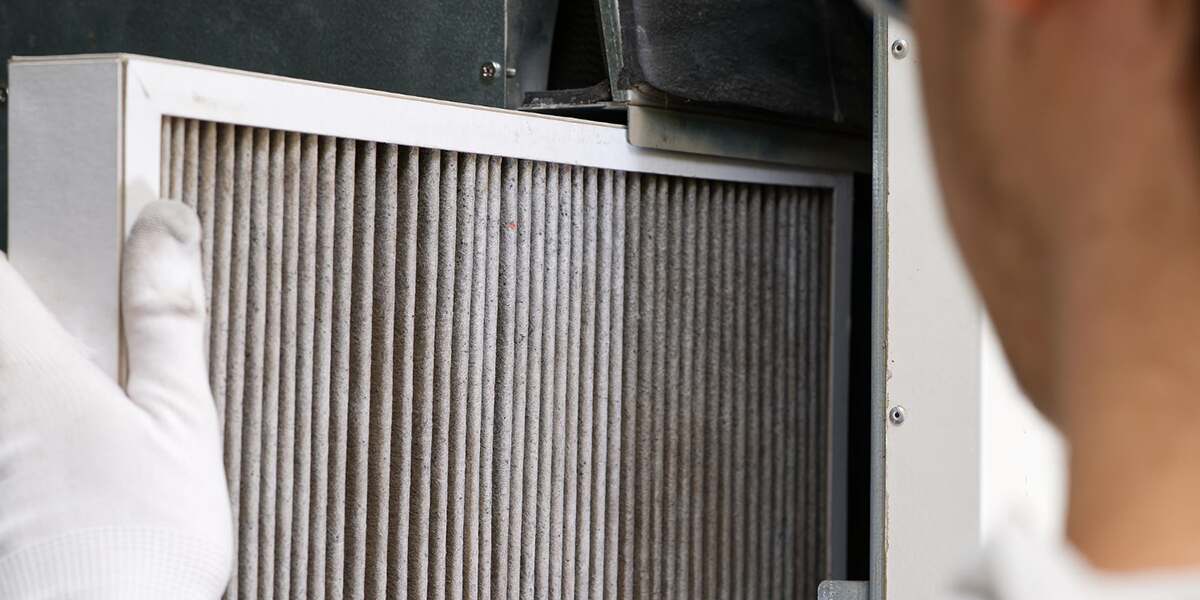
Risks of Running Without a Filter
Running an air system without a filter is not advisable. Without a filter, dust, allergens, and other particles can accumulate in the system, leading to reduced efficiency and potential damage. This can also result in poor indoor air quality, which may affect health and comfort.
Importance of Air Filters
Air filters play a crucial role in maintaining a clean and healthy indoor environment. They help trap harmful particles, ensuring that the air you breathe is free from pollutants. Always ensure that your air system is equipped with a suitable filter for optimal performance.
 +86 18186671616
+86 18186671616 Jason@cleanroomequips.com
Jason@cleanroomequips.com
 MENU
MENU

